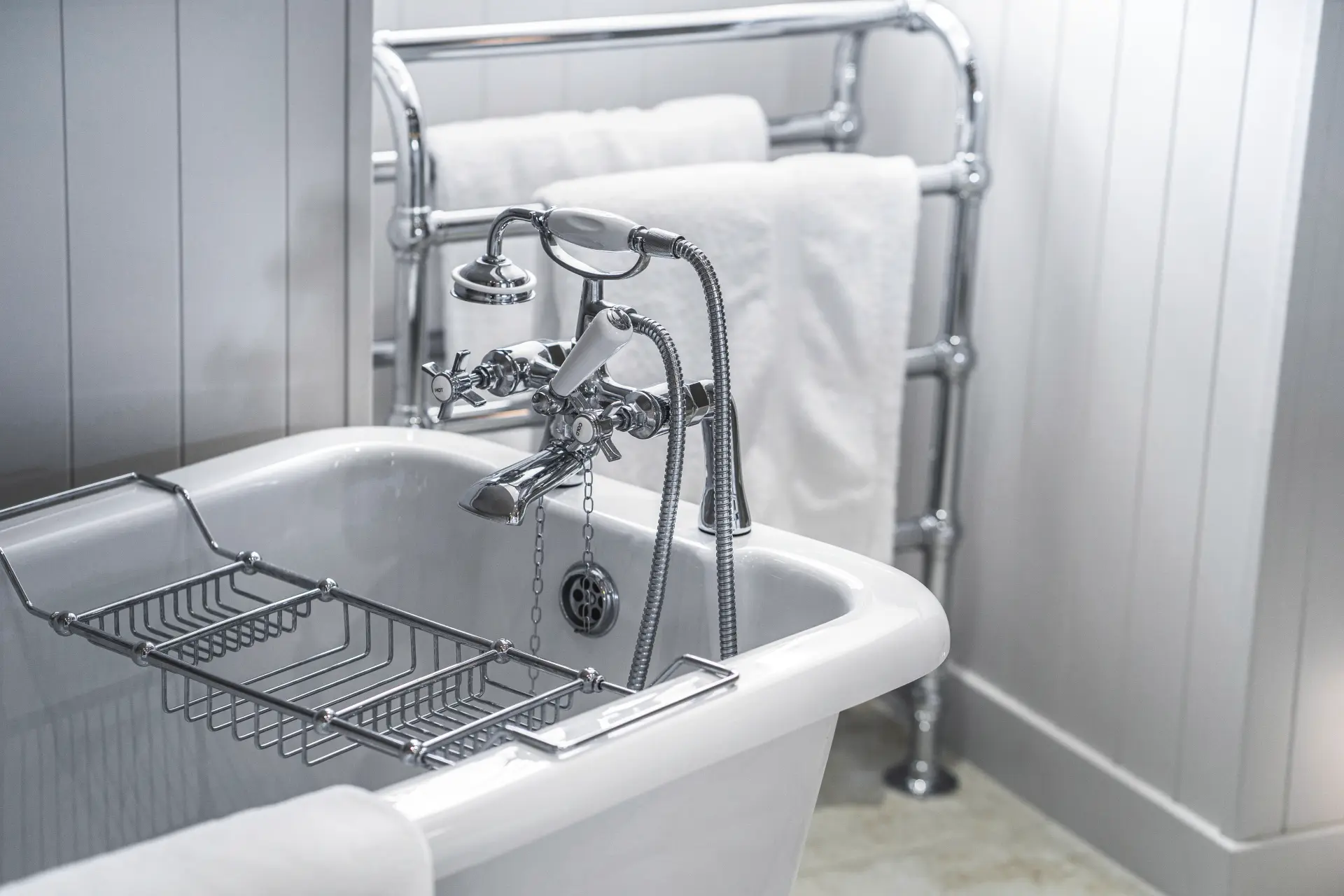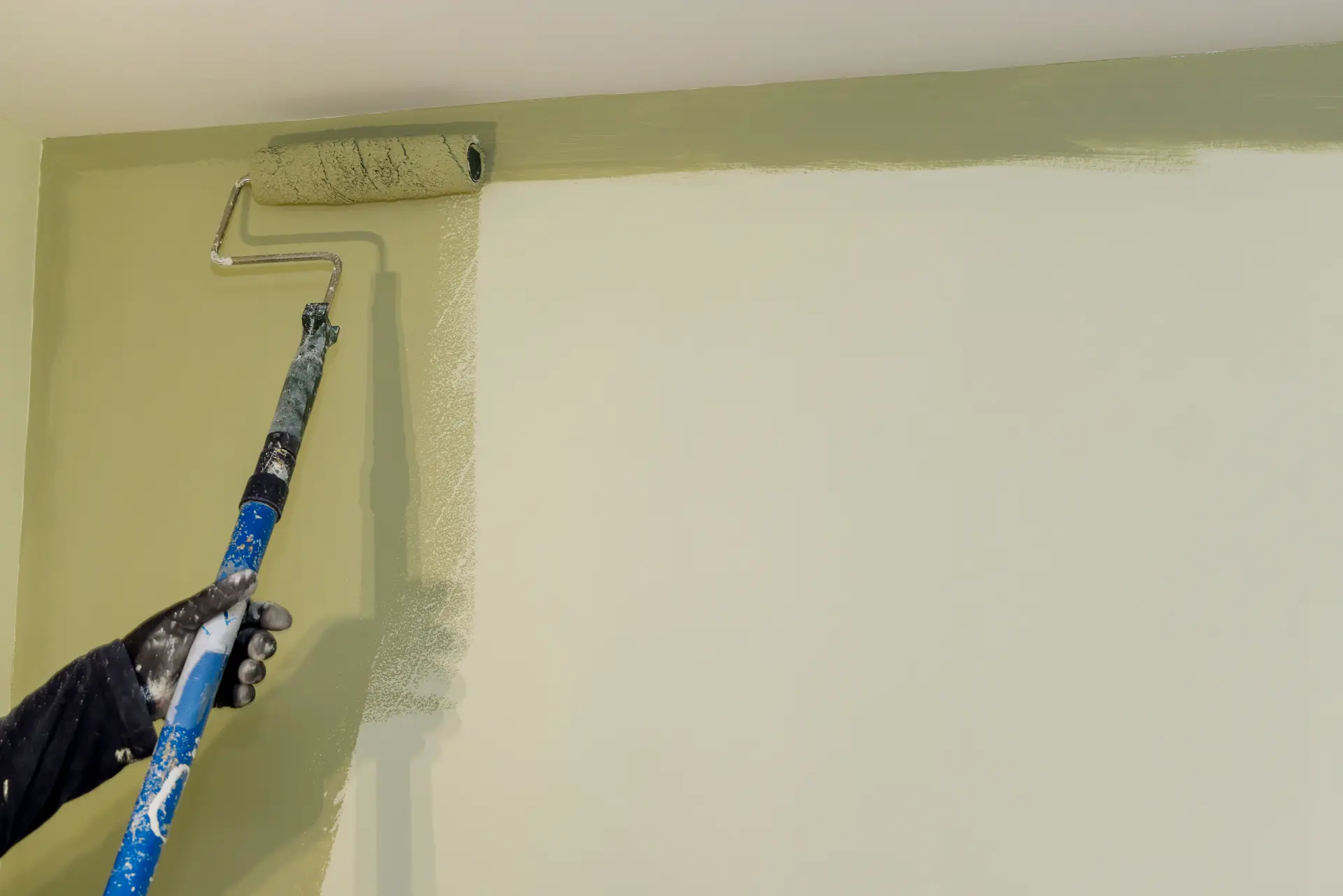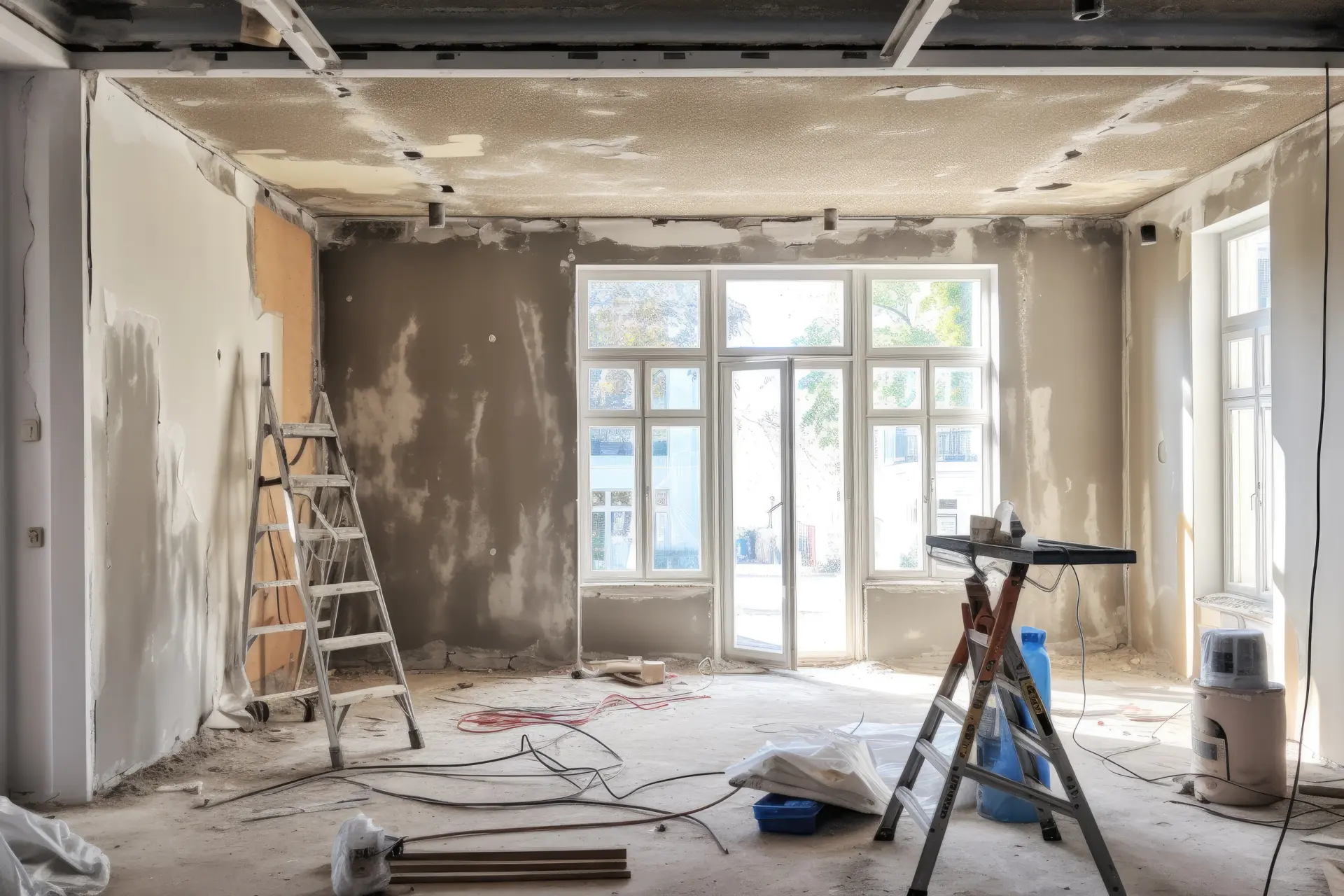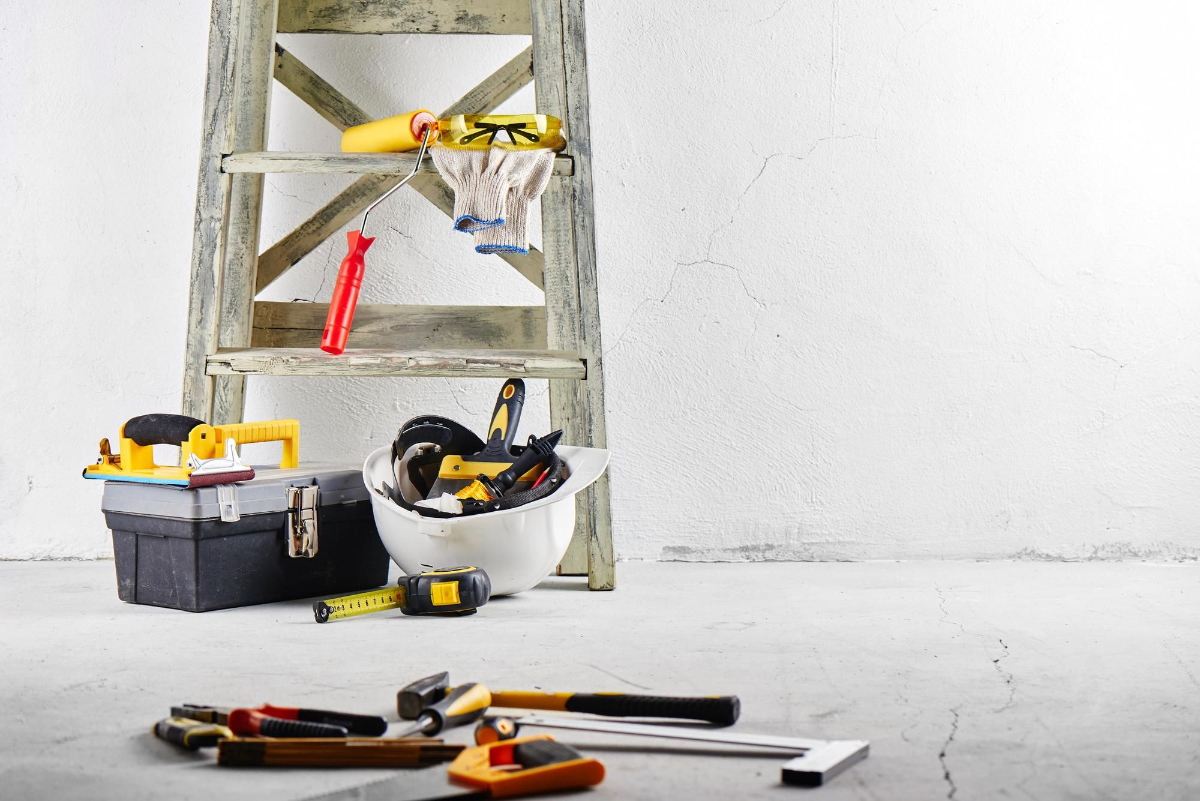Planning your bathroom? Learn the key things to consider before installing a new bathroom, from plumbing checks to layout design, ensure you have a seamless renovation.
Decide on a Layout That Works
Before installing a new bathroom, homeowners must decide on a layout that suits their space and lifestyle. A well-thought-out layout isn’t just about aesthetics; it ensures your bathroom functions properly. The room’s layout will determine what type of bathroom you can install. For example, a small bathroom may not accommodate both a tub and a separate shower, but a larger space can.
The layout should have enough space for people to move in and out freely. Additionally, built-in vanity drawers or medicine cabinets should be factored into the design, and good lighting should also be considered.
Choose Between a Bath, Shower, or Both
When installing a new bathroom, one of the most important decisions homeowners face is whether to install a bath, a shower, or both.
This choice can significantly affect the room’s layout, functionality, and appeal. Families with young children often benefit from having a bathtub, while older adults or those with mobility issues might find a walk-in shower safer and more practical.
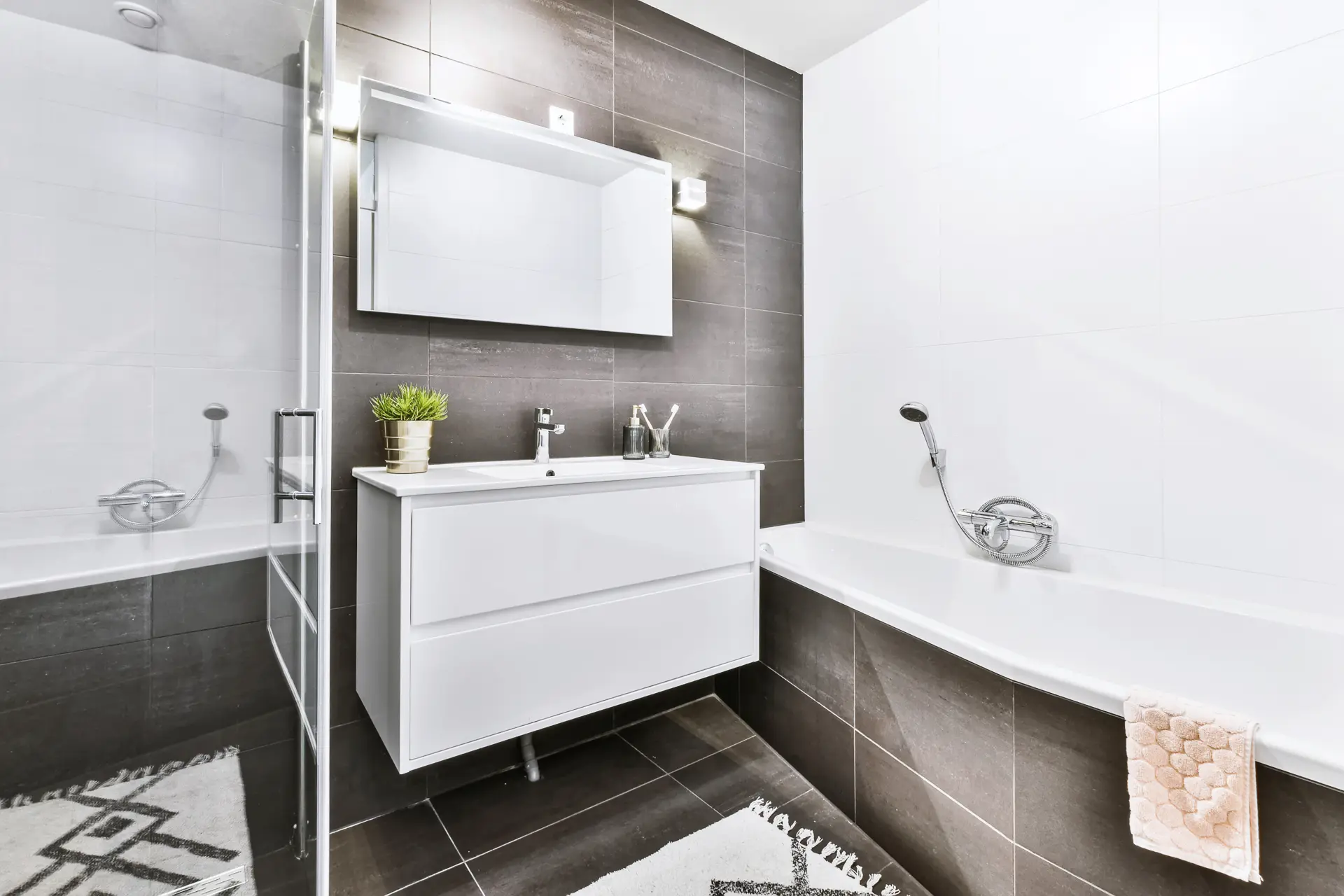
Your bathroom's size also plays a major role in this decision. In smaller bathrooms, a shower-only setup may be the most efficient choice since it provides more space for storage or movement.
However, a combination shower-over-bath unit is a versatile choice that doesn't consume too much space.
Additionally, many buyers, especially families, look for homes with at least one full bath. If you only have one bathroom, installing a tub could make your home more attractive on the market.
Ultimately, choosing between a bath, a shower, or both should reflect your lifestyle, space, budget, and long-term goals.
Check the Plumbing and Pipework Conditions
Before installing a new bathroom, it's crucial to check the condition of the existing plumbing and pipework. Old or deteriorating pipes can cause serious issues once new fixtures are in place.
Issues like leaks, bursts, or low water pressure may not be immediately obvious, but they can lead to water damage, mould growth, and expensive repairs if they're left unaddressed. By inspecting your plumbing beforehand, you can catch and fix any problems and avoid disruptions down the line.
Replacing any outdated plumbing during a bathroom renovation is often more cost-effective than doing it later. Materials like galvanised steel or lead pipes are now considered obsolete since they can affect your water quality and flow. Upgrading to copper or PEX piping can improve your water flow and also extend the lifespan of your new bathroom.
Plan for Good Lighting and Ventilation
When installing a new bathroom, it’s easy to focus on tiles, fixtures, and layouts, but overlooking lighting and ventilation can impact the space's comfort, functionality, and long-term durability. Good lighting is vital in a bathroom since tasks like shaving, applying makeup, or grooming pets require clear visibility.
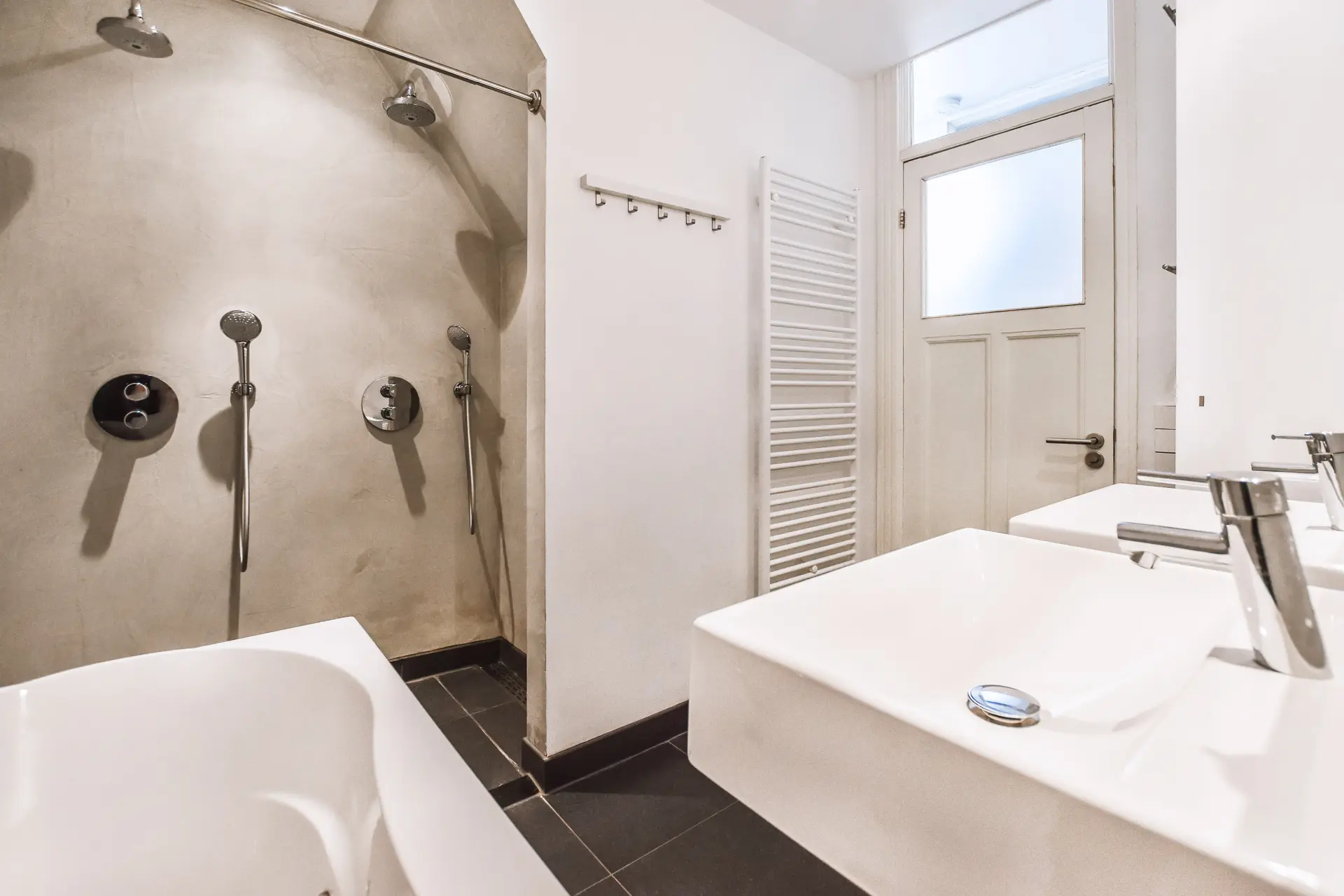
Showers and baths produce a lot of moisture, and without proper ventilation, this damp environment can lead to mould growth, peeling paint, and the deterioration of your bathroom's fixtures and finishes. An effective ventilation system helps eliminate excess humidity and maintains the air quality in your bathroom.
In conclusion, lighting and ventilation are critical elements that should be considered from the start of any bathroom installation. Integrating these elements thoughtfully can enhance your daily comfort and create a healthier, more enjoyable space.
We provide professional bathroom installation services in Stockport, Salford or Manchester that are tailored to your needs. Whether it’s a full renovation or a simple upgrade, we ensure you receive high-quality results and a bathroom you'll love every time.
